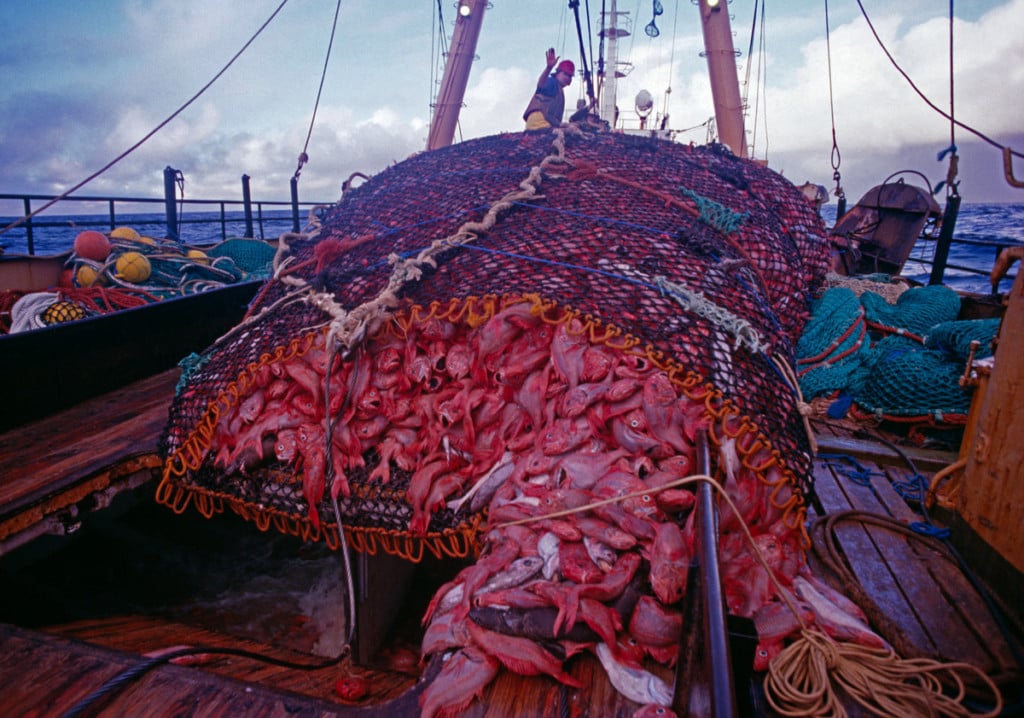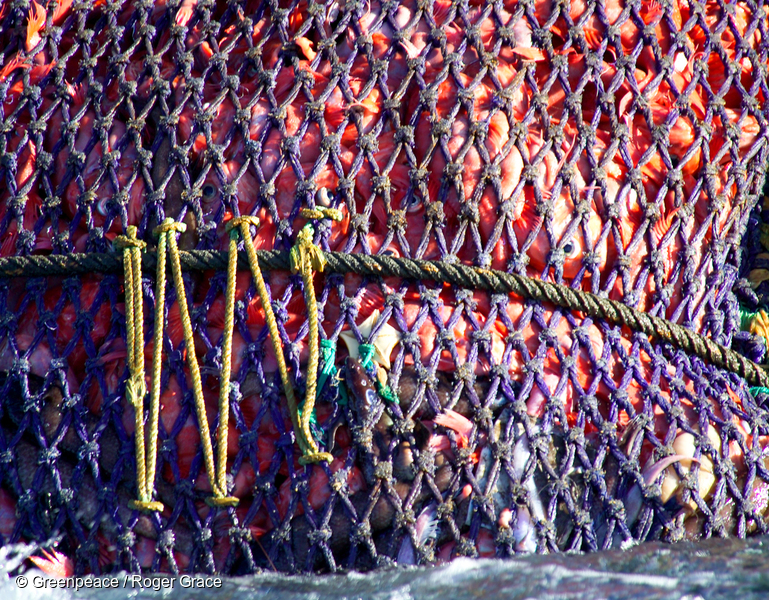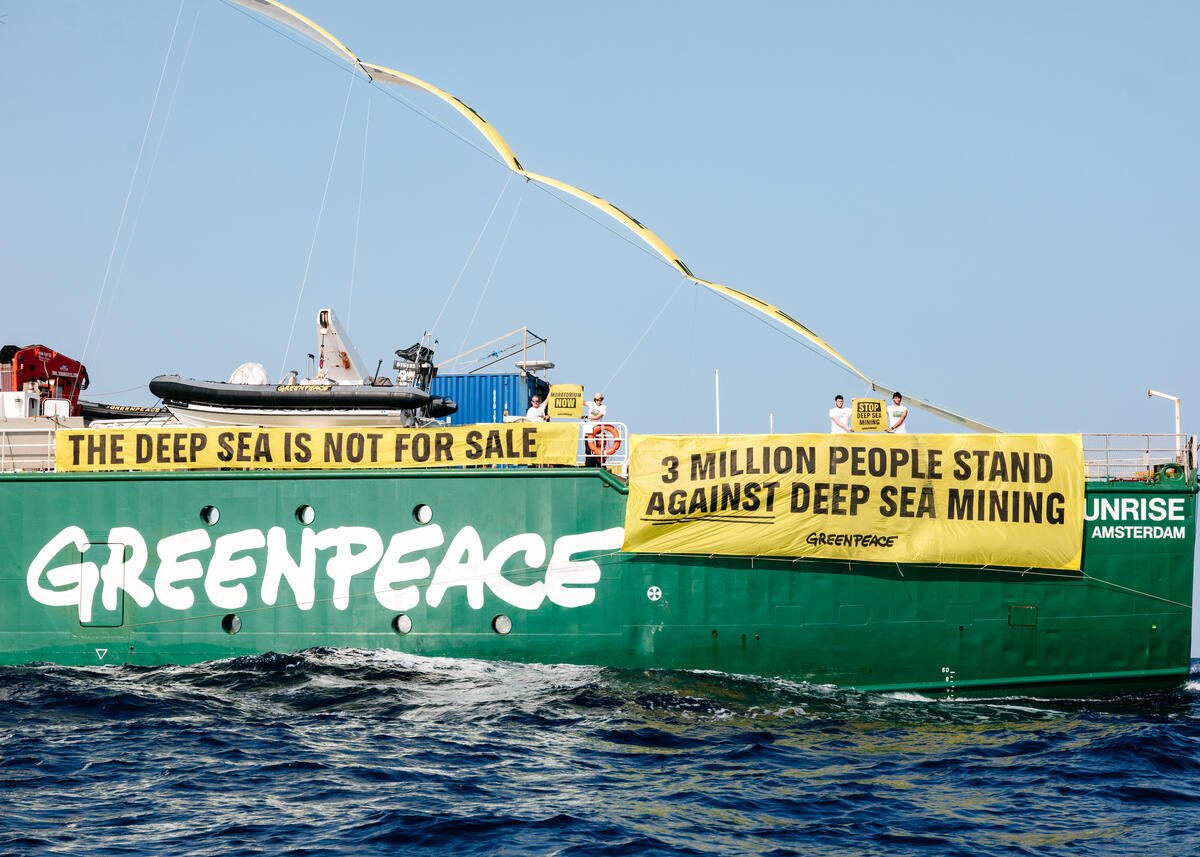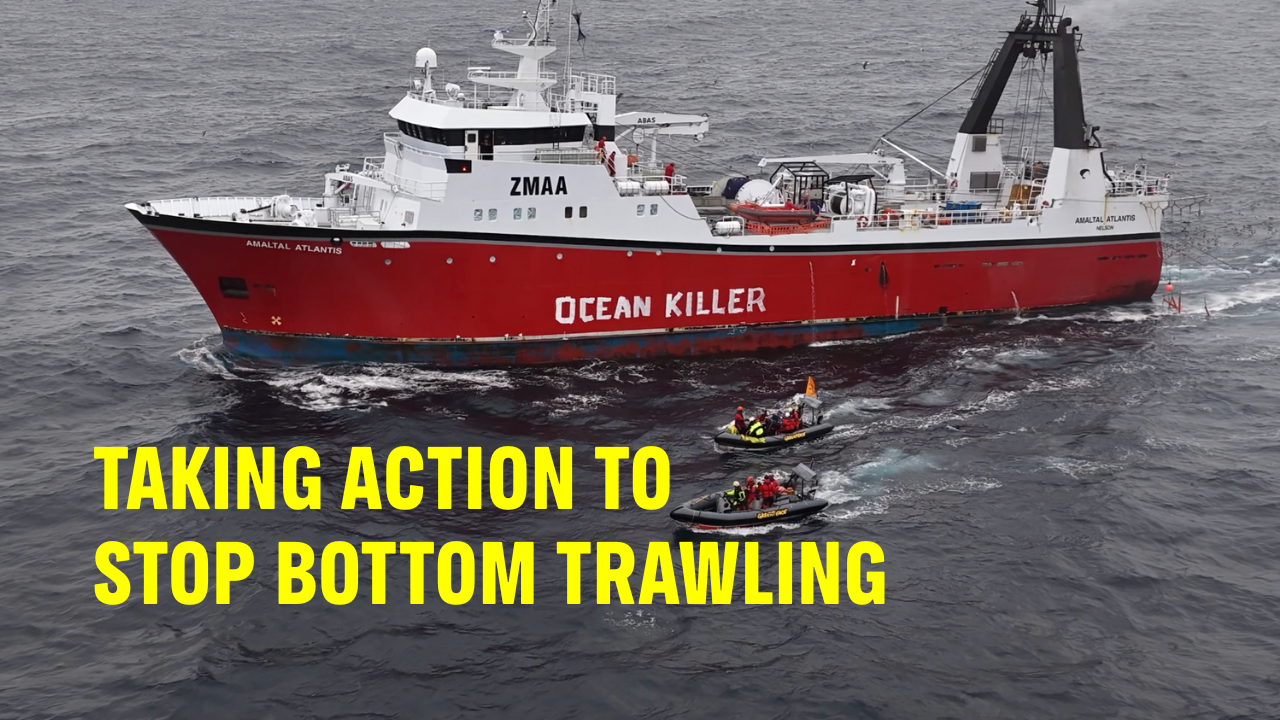We arrive in the Lord Howe Rise area early in the morning. This is the location where in 2024, a New Zealand owned bottom trawler dragged up 37kg of coral, prompting a temporary closure of it through the South Pacific Regional Fisheries Management Organisation (SPRFMO).
Pulling up that amount of coral means it’s likely there’s a vulnerable marine ecosystem down there, and we want to go and take a look.
It’s a deeper site than what we’ve been surveying so far, but we’re feeling more confident in the equipment and the weather is looking good to give it a try.
We almost missed our on surveying this site
We almost had no shot at surveying this site. The New Zealand government refused to share the location information of the coral encounter, despite other SPRFMO nations and commercial fishing operators already being given it. In the end, the Australian SPRFMO Commissioner released the location information upon our Lead Scientist’s request, making a survey a possibility.
Deploying the DropCam has now become a slick operation from the deck crew, and by mid morning the equipment is down, heading to 1,000metres.
For the first hour, we don’t find the seabed, it’s just a lot of blue. But by 11 we’ve found where we need to be – and the first shot that comes into focus is a handful of Orange Roughy hanging out near the bottom.
We see orange roughy!
There are shrieks of excitement from the campaign team watching the feed, most of whom have never seen one of these fish in real life, but are completely fascinated by this deep sea creature that can live for 250 years and who is also a contender for the 2025 fish of the year.
I’ve worked on this campaign to protect seamounts and Orange Roughy for the best part of seven years, and it’s pretty special to see them ‘in real life’, not caught in a net, and I wonder what those little fish in the depths have seen in their lifetimes.
There are more surprises for us during the dive and lots for the scientists to analyse. Everyone’s feeling elated at finally getting to the depths we need.

At home and far out to sea, our oceans are being plundered for profit by the fishing industry through bottom trawling. But what is bottom trawling and why is it so destructive to ocean habitats?
Take Action



